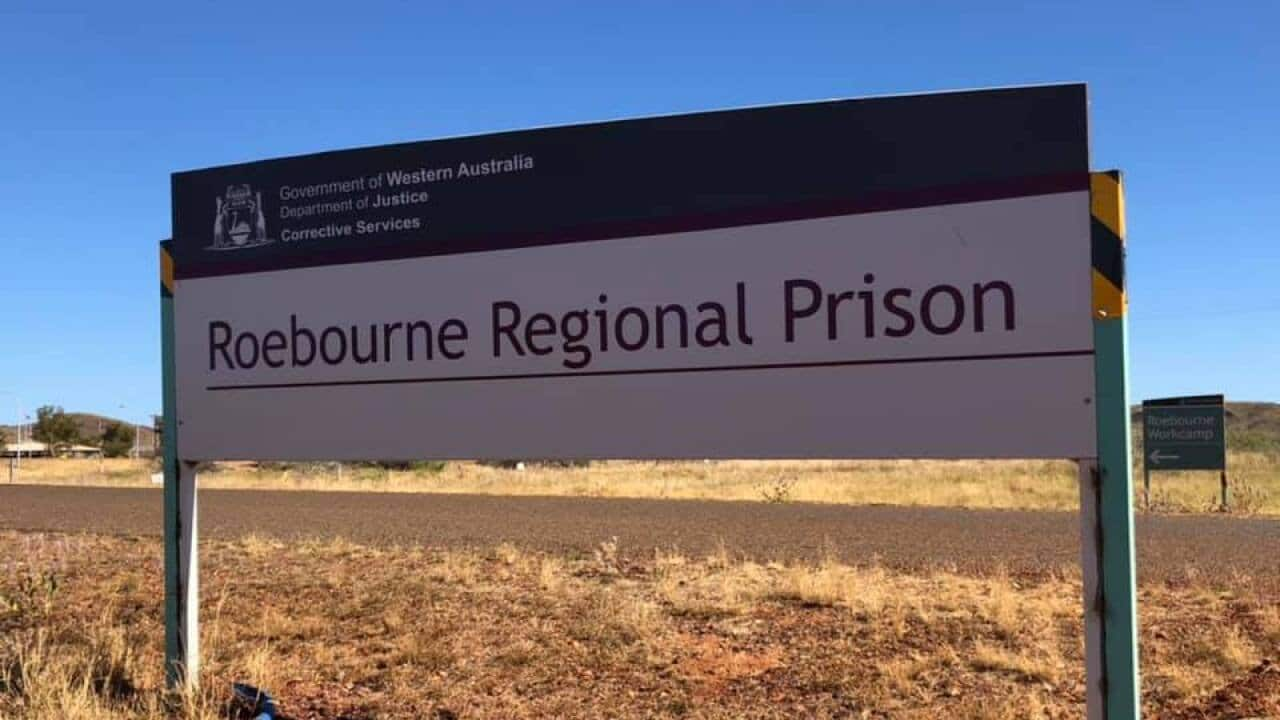A research paper published this month in the Medical Journal of Australia found that First Nations people with chronic diseases who depend on cool storage and electrical equipment are vulnerable to dying earlier.
The study was conducted by the ANU in partnership with the Julalikari Council Aboriginal Corporation in the Northern Territory, where extreme heat stress has become a reality in the past few years.
Warramungu Elder and dialysis patient Norman Frank Jupurrurla from Tennant Creek said the situation for residents desperately needs to change.
"I reckon these doctors think every Wumpurrani lives the same as a whitefella and they've got everything the same," he said.
"But some people on the outskirts of Tennant Creek still live in old tin houses and there's no running water, there's no power.
"The community needs to be in charge of what they want done in their housing and how they want their lifestyle.
"They should be allowed to make the solutions."
'Extreme rates' of electricity disconnection
ANU researcher Simon Quilty says excessive heat, poor housing, energy insecurity and chronic disease have reached critical levels and a multi-sector response is needed to avert catastrophe.
He says a constant electricity supply is often a luxury, rather than a right.
"Most houses in remote communities are old, poorly constructed and poorly maintained," Dr Quilty said.
He said tenants pay rent for houses with no doors, no windows and no insulation in the ceiling, falling well below national building codes.
"All of the houses in these communities rely on pre-paid power cards and as a result there are extreme rates of electricity disconnection, making those with chronic disease particularly vulnerable," Dr Quilty said.
Chronic disease and heat stress combine to exacerbate morbidity and mortality rates among Indigenous Australians.
Temperatures in Northern Territory have soared in recent years, with the town of Katherine having 56 days over 40 degrees in 2019, compared with the previous average of six days.
"Many of these households don't have a refrigerator, making storing medication at the recommended temperature impossible, let alone being able to keep food fresh," Dr Quilty said.
He urged governments to focus on remote communities by installing solar panels to help residents.
Dr Quilty is also calling on health professionals to advocate for better housing for Indigenous patients.
"These communities are locked out of tangible solutions to energy poverty, such as rooftop solar," he said.












